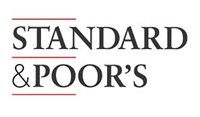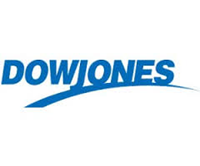
S&P 500
The S&P 500 index is a widely recognized as the leading U.S. stock market index and is the benchmark used by most investment professionals. The Index is based on the market capitalisation of the 500 largest companies having common stock listed on the NYSE or NASDAQ. It differs from other U.S. stock market indices, such as the Dow Jones Industrial Average or the Nasdaq Composite index, because of its diverse constituency and weighting methodology.
Details -
Contract specification
.jpg.aspx?width=200&height=48) Nasdaq 100
Nasdaq 100
The NASDAQ-100 is made up of 107 equity securities issued by 100 of the largest non-financial companies listed on the NASDAQ. It is viewed by many as the leading non-financial company index in the world and while mostly recognised for its Technology companies it also consists of Industrial, Retail, Telecommunication, Biotechnology, Health care, Transportation, Media and Services companies.
Details -
Contract specification

Dow Jones 30
The Dow Jones 30 or Dow Jones Industrial Average to give it its full name, is an index of 30 US companies that are believed to acurately represent the state of American economy. It is a price weighted index meaning that the larger the stock the greater the influence that stock has on the Dow's price. The
Industrial portion of the name is largely historical, as many of the modern 30 components have little or nothing to do with traditional heavy industry.
Details -
Contract specification
 Russell 2000
Russell 2000
The Russell 2000 is the most common benchmark used to measure the overall performance of US small to mid-cap stocks. The Russell 2000 Index is a subset of the Russell 3000 Index, represents approximately 8% of the total market capitalization of the Russell 3000.
Details -
Contract specification